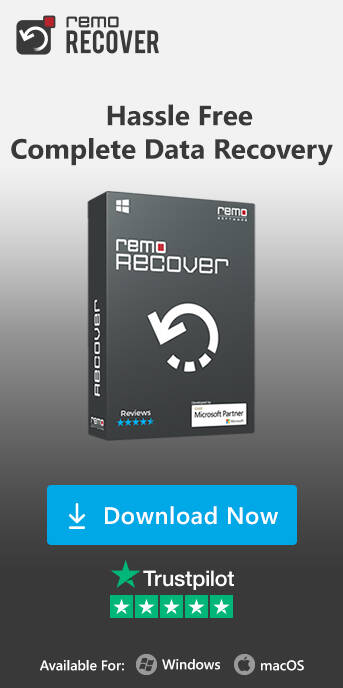FAT32, short for File Allocation Table 32, is a computer file system architecture introduced in 1981 during the MS-DOS era. It serves as a method for mapping clusters, which are the fundamental units of logical storage on a disk at the operating system level, to the physical locations of data in terms of cylinders, tracks, and sectors - the addressing format used by the hardware controller of drives.
In FAT32, each file stored on the volume is represented in the File Allocation Table (FAT) by an entry pointing to the file's starting cluster. Each cluster contains a pointer to the next cluster in the file or an end-of-file indicator (0xFFFF) to signify the end of the file.
The nomenclature of FAT file systems is based on the number of bits used to identify each cluster. In the case of FAT32, the cluster values are represented as 32-bit numbers, allowing for a larger number of clusters and, hence, larger storage capacities than its predecessors, FAT12 and FAT16.
The History of FAT32
The history of FAT32 dates back to the early days of personal computing. Microsoft introduced the FAT file system in the late 1970s and evolved into FAT32 in the mid-1990s. It was a significant step forward in terms of storage capacity and compatibility.
Evolution of FAT: From FAT12 to FAT32
- FAT12: The Beginning The first iteration of the FAT file system, known as FAT12, was introduced in 1977. It had a maximum storage capacity of just 32 MB, which was sufficient for the technology of the time but soon became limiting.
- FAT16: Expanding Horizons As technology advanced, so did the file system. FAT16 emerged in 1984, offering support for larger drives with a maximum capacity of 2 GB. It quickly became the standard for many years.
- FAT32: The Revolution In 1996, FAT32 was born, marking a significant leap in storage capabilities. It supports up to 2 terabytes, making it ideal for modern storage. Its compatibility with various operating systems solidified its place in history.
FAT32: Key Features and Benefits
FAT32 has maintained its relevance for several reasons, including:
1. Cross-Platform Compatibility
FAT32 is compatible with various operating systems, including Windows, macOS, and Linux. This makes it an excellent choice for external drives that may be accessed on different devices.
2. Max File Size and Volume
With FAT32, you can store files as large as 4 GB and create volumes up to 2 TB in size. This flexibility makes it suitable for both small-scale and more extensive storage needs.
3. Simplicity and Ease of Use
One of the hallmarks of FAT32 is its simplicity. It's user-friendly, making it accessible even for those who aren't tech-savvy.
Also Read: What is NTFS File System?
Where is the FAT32 File System Used?
- USB Flash Drives: FAT32 is the go-to file system for USB flash drives. When you plug in your USB drive, which works seamlessly on different devices, that's FAT32.
- External Hard Drives: Many external hard drives come preformatted with FAT32, ensuring they can be used on various systems without compatibility issues.
- Gaming Consoles: Some gaming consoles, such as older models of PlayStation and Xbox, use FAT32 for their storage systems. Knowing this can be helpful when troubleshooting storage-related issues.
Conclusion
FAT32 is a widely used file system known for its compatibility, but it has limitations like a maximum file size of 4 GiB and lacks built-in support for long filenames. If you lost data from your FAT32 drives, you can refer to this article to find out how to perform FAT32 data recovery.
